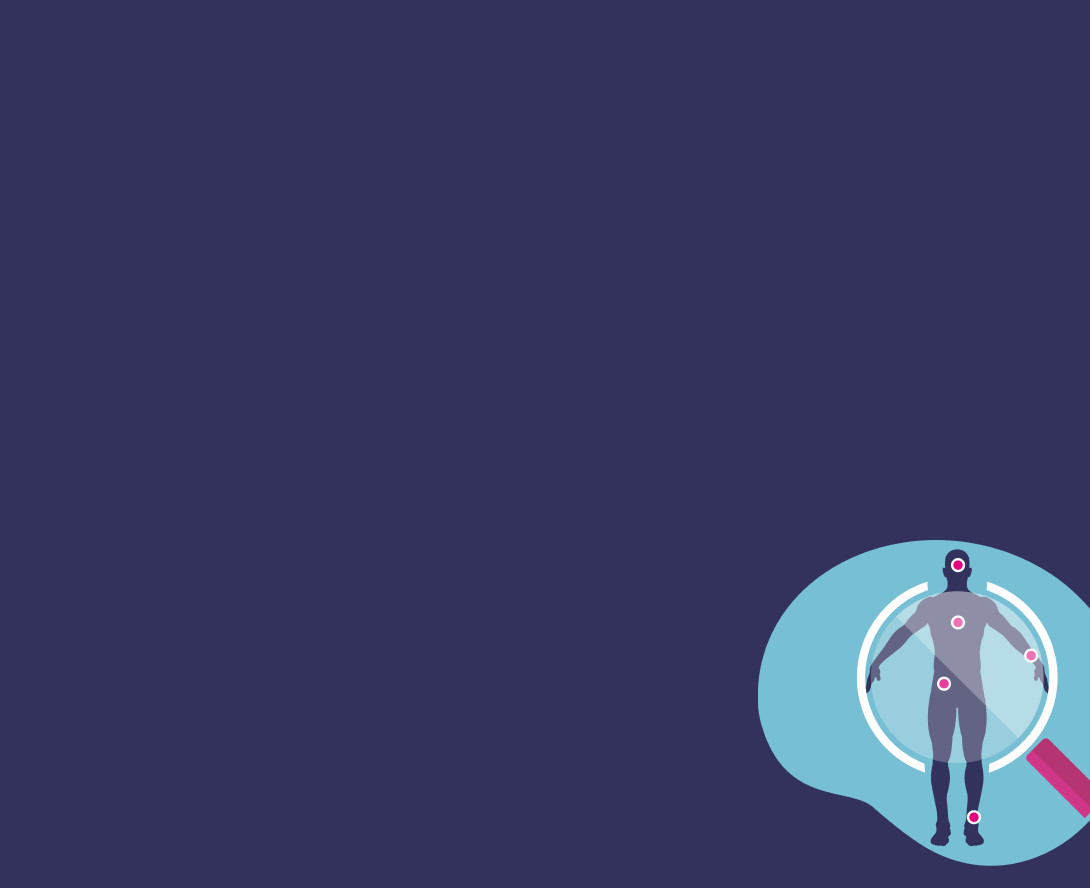
Chlamydia videos
Peer reviewed by Dr Colin Tidy, MRCGPAuthored by Lawrence HigginsOriginally published 26 Jun 2025
- DownloadDownload
- Share
Chlamydia is one of the most common sexually transmitted infections in the UK, but many people don’t realise they have it because it often has no symptoms. Our video hub explains everything you need to know, from what chlamydia is and how it’s spread, to the symptoms to look out for, how it’s tested and treated, and the risks of leaving it untreated.
In this article:
Continue reading below
Overview
Chlamydia is a common STI that you catch through unprotected sex. Often, you might not notice any symptoms, but if you do, it can cause pain when you pee or unusual discharge.
Chlamydia
What is chlamydia?
What is chlamydia?
Symptoms
In the early stages of chlamydia there are often no symptoms. When symptoms do appear, they can include unusual discharge (vaginal or penile), pain or burning during peeing, or pain in the lower abdomen.
What are the symptoms of chlamydia?
Continue reading below
Treatment
Chlamydia is tested with a simple urine sample or a swab from the affected area, and if you have it, it is usually treated with a short course of antibiotics.
How can you test for chlamydia?
How can you treat chlamydia ?
Complications
If left untreated, chlamydia can lead to serious health problems in both men and women such as pelvic inflammatory disease (PID), infertility, epididymo-orchitis, and chronic pelvic pain.
How long can you have chlamydia before it causes damage?
What happens if I don't get treated for chlamydia as a female?
What happens if I don't get treated for chlamydia as a male?
Article history
The information on this page is peer reviewed by qualified clinicians.
Next review due: 26 Jun 2028
26 Jun 2025 | Originally published
Authored by:
Lawrence HigginsPeer reviewed by
Dr Colin Tidy, MRCGP

Ask, share, connect.
Browse discussions, ask questions, and share experiences across hundreds of health topics.

Feeling unwell?
Assess your symptoms online for free